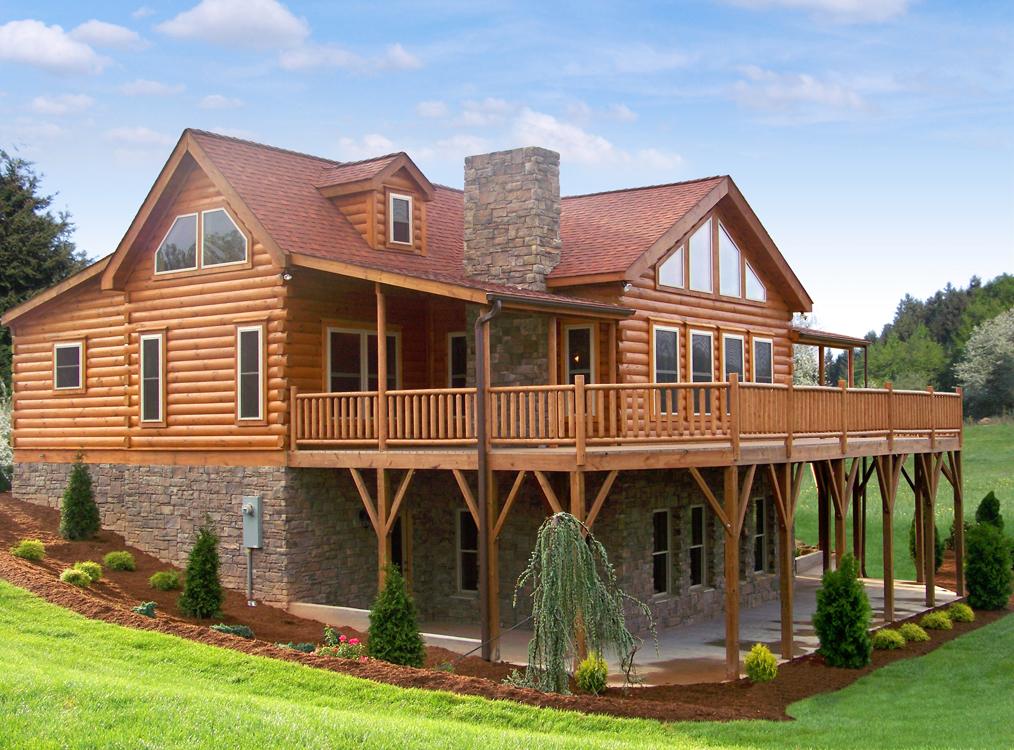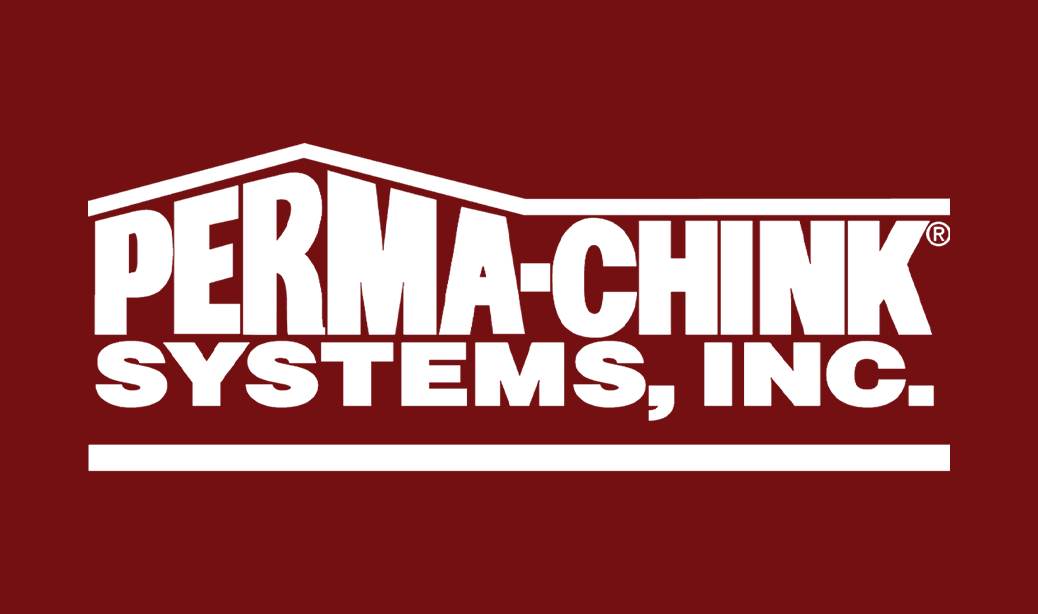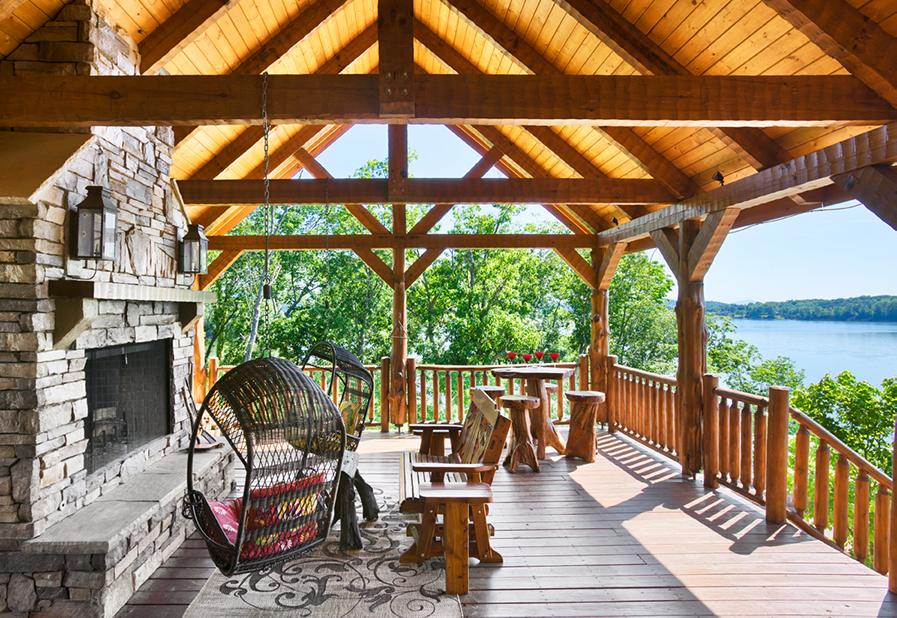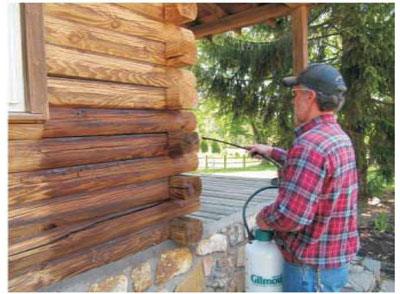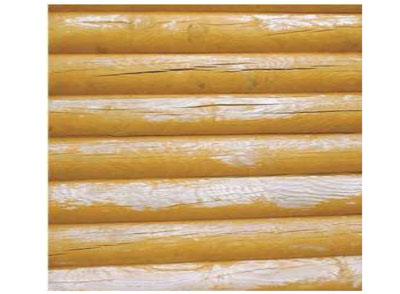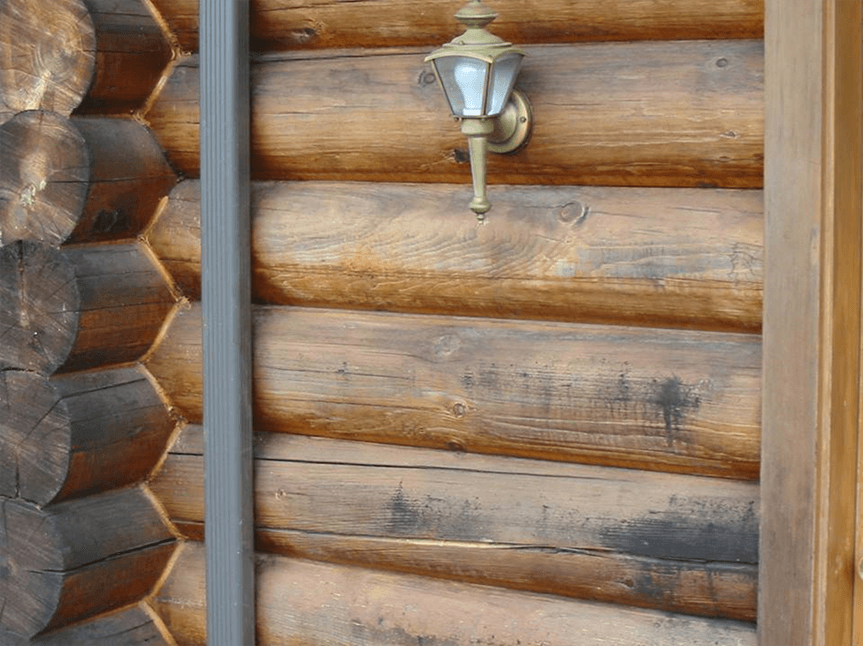Blog
One or Two Coat Log Stains? Warranty and Color Choices to Consider for Your Log Home Stain.
It does happen occasionally. A customer will call and asks, “Which wood stain should I choose?” We’re glad you called because we’re here to help.
The first question we need answered is the stain for outside or inside? Perma-Chink Systems offers both exterior and interior stains. We’ll cover exterior finishes here, as the original question is predominately referring to exterior finishes. If you’re looking for guidance on choosing interior finishes, read our article on interior finishes here.
Are you looking for a film-forming finish or something more like an oil-based stain? If you’re looking for film-forming finishes, our Lifeline family has multiple options that have you covered. Our newest addition Log & Timber Defense is like penetrating oil-based finishes, but forms a lattice-like coating to protect the logs and offers excellent protection.
The next question is do you want a log stain that is one-coat or two-coat application? For one coat applications, Lifeline Ultra-7 is your best option. Available in nine colors, Ultra-7 is the premier finish for log and timber homes. Lifeline Ultra-2, Lifeline Exterior, and Lifeline Accents all benefit from a two-coat application. Additionally, Lifeline Advance topcoat will ensure your stain lasts the test of time.
Color Choices
The third question we need answered is what color do you want? With over 70 color options among our Lifeline family, it’s likely you’ll find a color you’ll love on your home. If not, we can produce custom colors to enhance the beauty of your logs or timbers.
Ultra-2 log home stain offers the most color options of all our finishes, and along with Ultra-7, has the added benefit of UV Boost (additive to fight harmful UV damage) added to the finish. It’s a long-lasting finish that provides low maintenance for your log home, superior color retention, and exceptional coverage rates. Ultra-7 and Ultra-2 are one of the few log home stains that offer a 5-year limited warranty, when paired with Lifeline Advance Topcoat and scheduled maintenance.
Lifeline Accents and Exterior finishes offer a tremendous value, without sacrificing coverage rates, durability, or color loss compared to other log finishes.
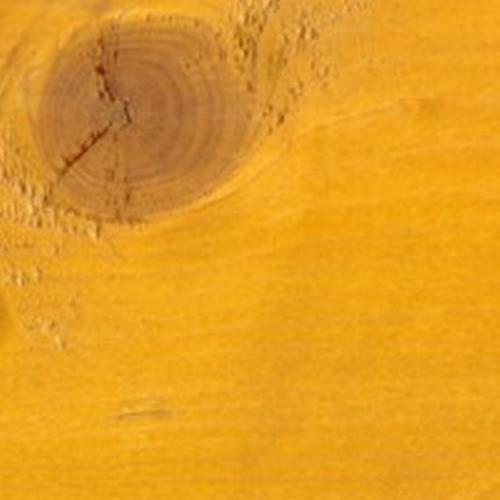
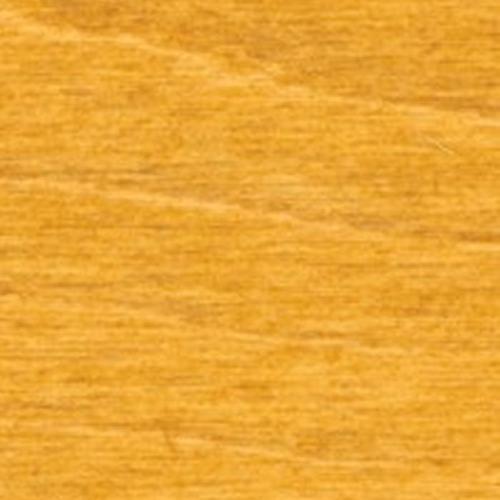
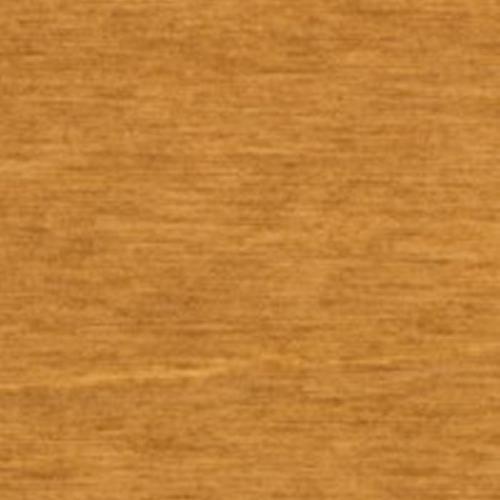
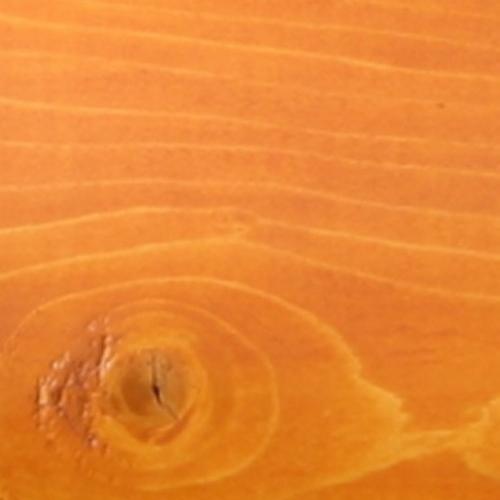



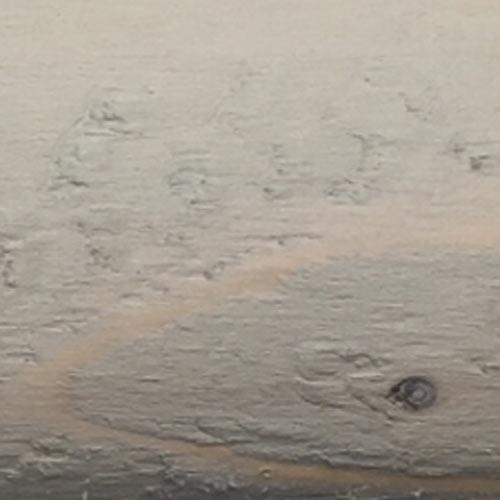

Still not sure on which log finish to choose? You can order free samples of all our finishes to test on your home. We want you to have confidence in the color you choose.




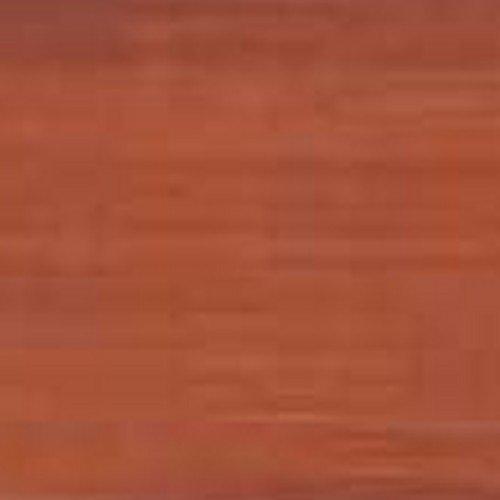



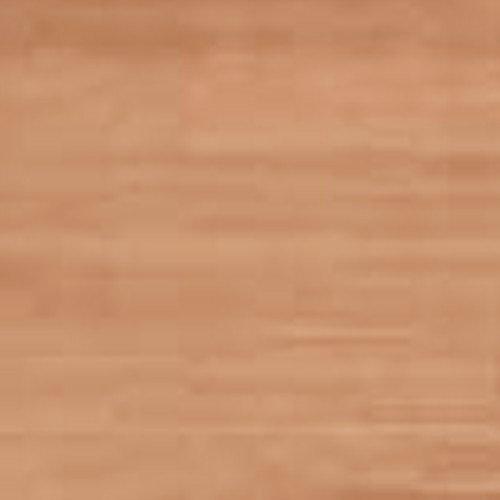

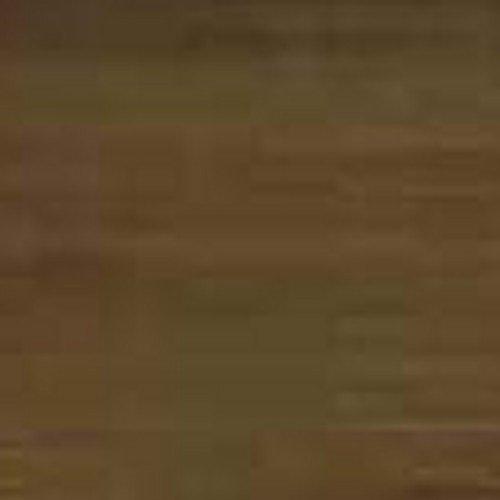
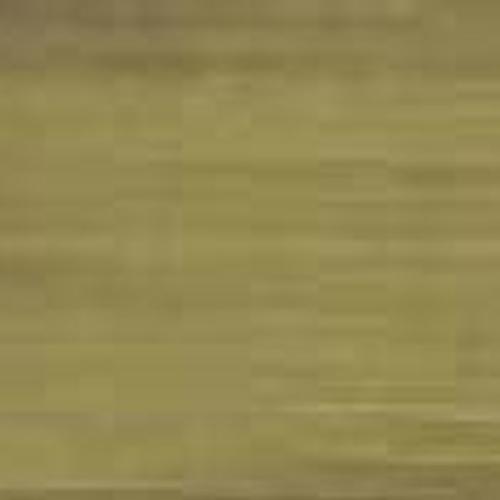




In short, all our wood stains and finishes perform phenomenally – providing excellent UV protection, allowing wood to breathe as the home acclimates seasonally, and ensuring maximum color retention.
For over 40 years Perma-Chink Systems has been protecting log homes and protecting them right. Our focus is on preserving log and timber homes for future generations. We want log home owners to focus on making memories in their home, not spending all their time maintaining the home.


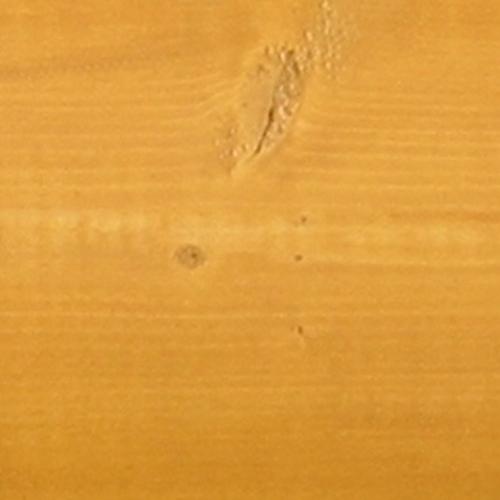

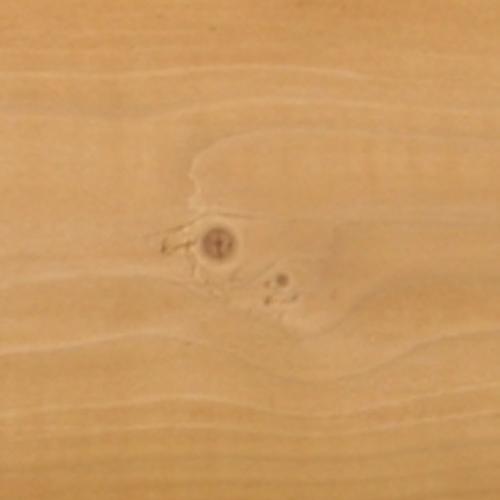


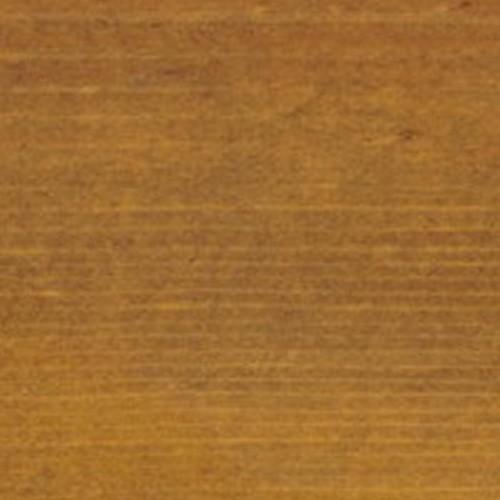


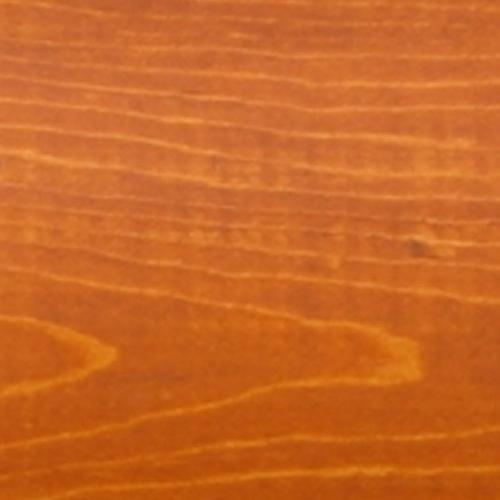




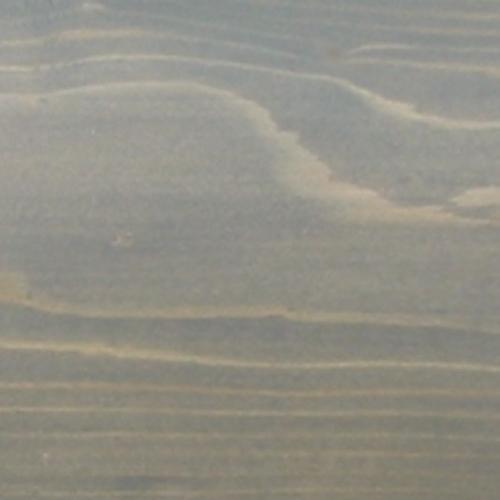
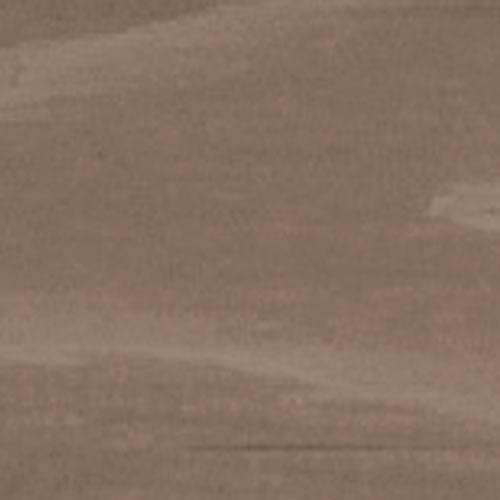


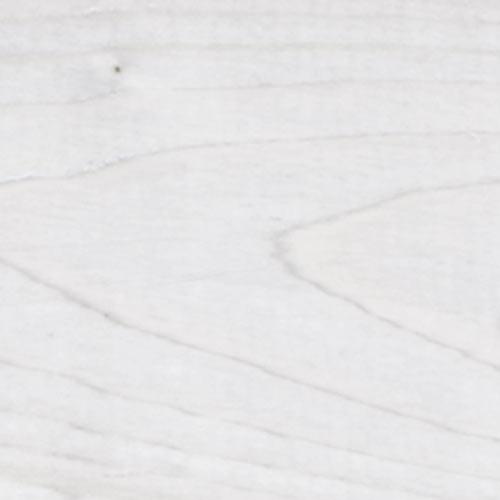
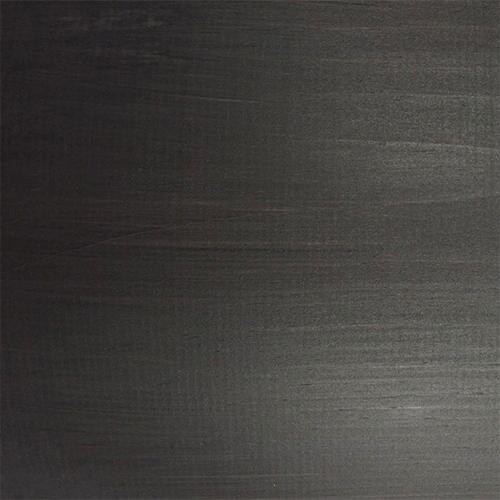
Click the question to see the answer
What makes Deck Defense™ better than other products?
Deck Defense is a true, penetrating water-borne product without any sort of emulsified oils or alkyds. The product penetrates the wood substrate and the forms lattices to strengthen and support the natural cellulosic fibers for protection from the inside out, not only on the surface.
How about water protection?
We have incorporated ingredients in the formula to serve as a deterrent to water intrusion. One must remember that waxes are sacrificial, and over time the beading on the surface will go away. This does not mean a re-coat is necessary. It is just an indication the waxes have worn away from the surface. The protection for the wood is still in place.
I already have a finish on my deck; does this have to be removed before I can apply the improved Deck Defense?
The old rule of thumb says for the best success with a coating, the best practice is to remove any old finish before applying a new product. However; if you are applying over an older, tired oil-based product, you can apply the new Deck Defense after a thorough cleaning with Wood ReNew™ or Log Wash™. If you have previous Deck Defense, you can also apply the newer product after cleaning. If there has been a film-forming product applied (Vista, Endure or “painted” surfaces), then it will need to be totally removed prior to application of the new Deck Defense.
Is there protection against UV damage in Deck Defense?
Yes, there are UV inhibitors within the product, plus, as transparent iron oxide pigments are also used to produce the desired color, they will enhance the UV protection through sun-blocking properties of the color itself.
Is Deck Defense safe for the user as well as the environment?
The product is considered non-toxic, but as with any product, certain precautions should be observed as they just make good sense. Wear gloves and eye protection when applying the product and avoid inhaling vapors (See precautions on the label). Shrubbery and plants should be rinsed before and after application (or covered). Covering adjacent surfaces like concrete or paver pathways is also a good practice.
Pre-Application steps needed?
First and foremost; the surface needs to be clean and dry. New treated wood needs to “season” prior to application. This process will vary with temperature and humidity and actual moisture content of the new wood. On older wood, a thorough cleaning with Wood Renew will help to restore the color of the wood and remove stains and dirt. Make sure to adequately rinse with water and check the pH of the run-off water to make sure all the surfaces have been rinsed well. Ph of run-off water should be around 6.5 to 7.5 (depending on the pH of the water source). Make sure to check fasteners and condition of wood prior to cleaning and replace any decayed or unstable wood.
Do I need to sand the wood first?
In an ideal world, sanding would be best. But most applicators and homeowners do not want to go through the effort or labor expense to do so. Sanding increases the mechanical adhesion of the surface and will also make the substrate color match better. The sanded surface also opens the substrate and promotes better penetration of the product. If a decision is made to sand, we recommend 60-grit or possibly even 40-grit paper. Media blasting may also be used but may be considered overkill unless the entire home is being media blasted. After sanding or blasting, wash with Log Wash, rinse well, and allow for complete drying prior to application.
How do I mix the product?
Prior to applying Deck Defense, mix well. The colorants used in Deck Defense do not settle hard and re-disperse easily. DO NOT USE POWERED MIXING EQUIPMENT, as this action can possibly shear the backbone of the product and cause possible product failures. As with any product, box the pails together if there are different batch numbers.
How do I apply Deck Defense?
Applying Deck Defense is very easy, and many methods or “tools” can be used. On surfaces such as decking or fencing, a low-pressure pump-up sprayer is the most economical. Deck Defense can also be applied with paint pads designed for deck application, or applied with a quality brush. Rollers can also be used, but due to the low viscosity of the product, there will be some excess “splatter” when rolling. An airless sprayer can be used, and we recommend the use of a 511 or 513 tip due to the low viscosity. Apply the product in a “flooding” method to completely cover the surface to allow good penetration.
Deck Defense should be back brushed when applied by a sprayer, or when using a pad, to make sure the product is spread evenly. Work in the same direction using broad strokes to alleviate “pooling” of product and promote even coverage for the best appearance. Do not allow “pooling” on surfaces. On vertical surfaces, work from the bottom up and back brush as you go. Do not apply in the hot sun as this can cause “flash drying” and interfere with the penetration of the product. Application temperatures are 40-90° F, and that is surface temperature, not air temperature. DO NOT APPLY DECK DEFENSE OVER FILM-FORMING FINISHES (Vista, Endure or “painted” surfaces) AS IT NEEDS TO PENETRATE THE SUBSTRATE FOR THE BEST PERFORMANCE.
How many coats are required?
Deck Defense is designed as a one-coat stain, although due to the deep penetrating properties of the product, it may appear lighter than expected. This is especially true on older surfaces that have been exposed for long periods of time. Also, as this is a semi-transparent product that allows the natural grain and texture of the surface to show through, colors may appear blotchy or uneven, and the user may want to apply another coat. If a second coat is to be applied it should be done in a “wet on wet” application, meaning the first coat needs to be wet when the second is to be applied. If a second coat is desired after the initial application has dried, allow one week for the first application to cure completely.
What is the dry time for Deck Defense?
Dry times will vary with application, airflow, temperature and humidity. Under ideal conditions – 60° F, and 50% humidity – Deck Defense will dry to the touch in about 20-30 minutes. Dry does not mean “cured”. Wait 4-6 hours before walking on surface and 24 hours before replacing heavy furniture.
What are the coverage rates for Deck Defense?
Coverage rates will vary considerably, based on type of substrate and methods of application. That’s why most folks buy a bit extra when they repaint, as they don’t want to go back and buy another gallon to finish. On rough sawn wood, like fences that really soak up product, it may be as low as 100-175 sqft per gallon. Older deck surfaces will also tend to soak up lots of product, so figure around 175-250 sqft per gallon. On new wood, expect around 250-300 sqft per gallon. A second coat application will require less product.
Is Deck Defense freeze-thaw stable?
Yes, this product is freeze-thaw stable. It’s not the freezing that could cause issues; it is the number of cycles a product is exposed to that causes damages.
What are the maintenance guidelines?
Good maintenance for decks, as well as other wood surfaces, will prolong the need for re-staining or removal. Deck Defense will not flake or peel when properly applied, so a general cleaning should be done every year with Log Wash. Maintenance requirements will vary with exposure and environmental conditions, and heavy traffic. Expect to see wear in high traffic areas such as steps and traffic patterns first. This does not mean protection is gone, but indicates for appearance purposes that it’s time for a light re-coat.
How do I clean up when I am finished?
If done right after application, tools and equipment are easily cleaned with soap and water. Warm water works best.
Due to the penetrating and adhesion properties of Deck Defense; keep overspray areas wet during application and rinsed promptly when finished. Removal after three hours will be difficult, but after three days it will be almost impossible without the use of strippers or solvents. Dispose of containers in accordance with local, state and federal guidelines (Do not reuse containers).
Perma-Chink Systems recently added another beautiful wood finish option for our customers – Log & Timber Defense™. Unlike our traditional Lifeline wood finishes, Log & Timber Defense penetrates your wood much like an oil coating. Once Log & Timber Defense penetrates the wood surface, it forms a strong lattice network within the wood, reinforcing and strengthening the entire system from the inside out. This mechanism greatly reduces the chances of peeling and flaking by leaving the system breathable to water vapor. Many traditional oil-based finishes can also form a network, but are often so high in solids that they can easily blister and peel. Vapor pressure builds up behind the thick, unbreathable solid film and pushes the film away from the wood. This leads to an unfortunate situation requiring removal of the compromised coating down to bare wood.
Log & Timber Defense Application Guidance
Log & Timber Defense is designed to be applied to bare wood in one or two coats. If it is applied to wood that already has an existing coating, this can prevent it from forming the lattice network inside the wood. Some customers ask: “Can I apply a topcoat such as Lifeline Advance™ to Log & Timber Defense?” We do not recommend application of a topcoat. The reason we do not recommend this is because when a maintenance coat is needed in the future, there will be difficulty with penetration into the wood because the topcoat forms a barrier to penetration leaving a film on surface. This could leave undesirable surface defects as well as an uneven appearance. Furthermore, it could lead to peeling and flaking of the finish.
Texture is another property that distinguishes Log & Timber Defense from our Lifeline Stains. Due to its penetrating nature, Log & Timber Defense leaves the surface with a more naturalistic, rustic beauty. It will appear much flatter in appearance. However, if a slightly different look is desired, a second coat of Log & Timber Defense may be applied, but the appearance will remain relatively flat. The second coat will increase color intensity and provide an increased level of overall protection for the system.

Difference of Lifeline Finishes
In contrast, our traditional Lifeline Stains are breathable film formers. This is to say they form a film directly on the surface of the wood but do not penetrate deeply into the wood. When applied correctly, our Lifeline stains are not likely to peel due to their breathability and excellent adhesion. They are, however, only slightly more likely than Log & Timber Defense to peel due to their film forming nature. In addition, our Lifeline Stains are designed to be applied over our existing topcoat with no problems with adhesion, color development, or film defects. The Lifeline stains will provide a much higher level of gloss development than Log & Timber Defense due to the films being primarily on the surface of the wood, with the added benefit of being able to apply the gloss topcoat to finish the system.


What About Protection From Mold & Mildew?
Both our Lifeline Stains and Log & Timber Defense are formulated with ingredients that inhibit the growth of mold and mildew. Log & Timber Defense is both a stain and sealant in one package. It helps to keep liquid water out, which reduces biological growth that can attack and destroy your wood. In contrast, traditional natural oils such as linseed oil can easily promote growth of mold and mildew.
Finally, both Log & Timber Defense and Lifeline Stains are both waterborne, low in odor, have easy soap and water cleanup, and are non-flammable. Each of our stains and finishes offer unique properties designed to give your home the very best protection possible.
Why is it so Critical to Seal Exposed Ends of Log Homes?
Wood is a hygroscopic material, which means it naturally absorbs and releases moisture from the environment. Logs can safely absorb large quantities of water before reaching moisture content levels that will be inviting for decay fungi.
Some of the most vulnerable areas of a log home are the corner log ends. This is because the cross-section end grain is exposed and the ends often stick out beyond the walls allowing sunlight, wind, rain, snow and ice to wear away the stain and expose bare wood.
The exposed end grain acts like small straws by sucking water into the log, giving rot and decay an opportunity to start eating away the wood. In addition, wood cracks and checks are prone to start at the ends. If left unprotected long enough, log or log corner replacement may eventually be required.
Aware of the susceptibility of log ends to weathering, rot, and decay, we developed Log End Seal, a clear polymer finish that prevents water from penetrating into log ends and provides a layer of protection against log end damage. Although it is a sealer, Log End Seal is designed to allow moisture already in the wood to slowly escape. This helps reduce those large checks that often form on log ends.
The first step when applying Log End Seal is to sand the log ends smooth with a belt or orbital sander or sanding disks (available here). Take care not to leave any deep sanding marks or gouges. Most log homes arrive with the log ends sawn off to the proper length. The sawing may leave a rough surface and when stained the log ends typically end up being much darker than the smooth sides. A log end that has been sanded smooth and then stained will be much closer in color to the log walls.
Applying Log End Seal
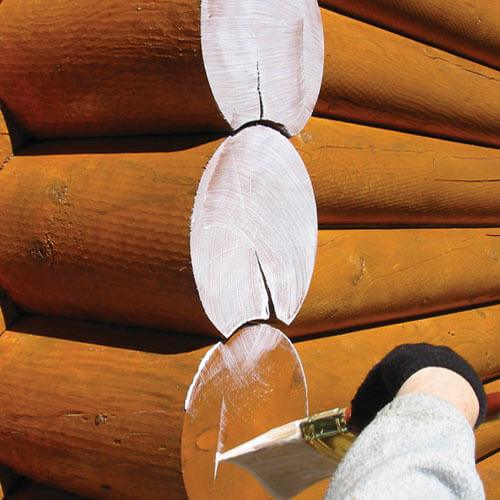
Once the log ends are sanded and one of our LIFELINE brand stains is applied to the home and allowed to dry, you are ready to put Log End Seal on the exposed ends. Although you can use a short-bristled brush to apply Log End Seal, we found that an applicator pad works best. Be sure to coat the entire face of each log end to avoid any uncoated spots. Wipe off any excess that may have dripped onto the sides of the logs with a damp rag.
Allow the Log End Seal to dry to the touch and finish the job with LIFELINE Advance clear topcoat in gloss or satin.
Drying and Curing Time


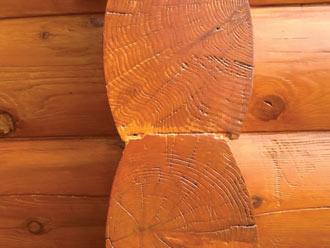
Once Log End Seal dries and cures, it may take a while before it loses its milky appearance, especially in checks and fissures. But the end result will be an appealing, clear surface that will offer the utmost protection to the ends of your logs.
Download the application steps of Log End Seal here: Log End Seal Tech Tip
Deck handrails present a real challenge to film forming finishes, especially if they are new. Here’s why. Round log handrails are typically fabricated using green wood. Once in place and begin to dry, handrails shrink, crack, and develop fissures to relieve the stress due to shrinkage. There is no way to prevent this from occurring. If a finish is applied before these fissures open up, and once they do open, they provide a path for water to soak into the rail behind the finish. When the sun comes out and the rail heats up, the water turns into water vapor which may exert enough pressure to actually push the finish right off the wood. In winter months, the water in the wood will freeze and expand and that, too, can pop the finish off the surface.
Another problem with green handrails is that all finishes have difficulty adhering to damp surfaces. Green logs normally do not present the same difficulties as handrails since it usually takes several months for logs to go from the debarking process to construction, time enough for the surfaces to dry. In the case of handrails, it may only be a week or two from the time they are debarked to when they are installed, not enough time for even the surfaces to dry.
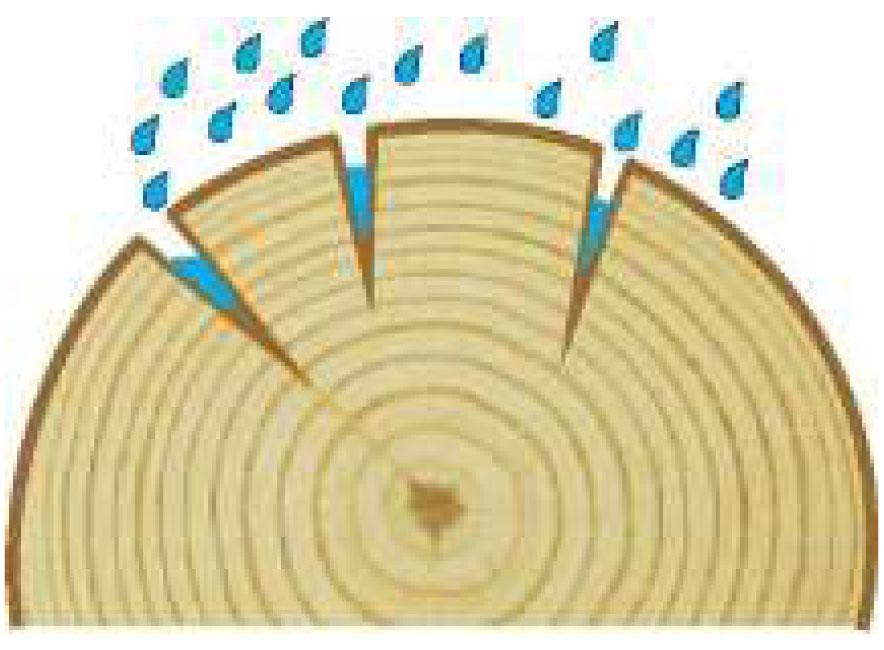
A third problem with new handrails is that they are frequently quite smooth. They are typically hand peeled with a drawknife and may still have cambium residue remaining on the surface. Finishes have a difficult time adhering to cambium, and even if they do, eventually the cambium will dry up and peel off, taking the finish along with it. Trying to sand this cambium off while the wood is still damp is almost impossible, since the cambium and damp wood fibers quickly blind sandpaper or sanding pads making them ineffective.
Starting Point
So, what do we suggest to assure adhesion of a finish to new handrails? The first thing is to wait until the handrails have reached a moisture content of less than 20% before doing anything. This may take two months or six months depending on how green they are and the diameter of the rails. By then most of the cracks and fissures will have opened up and any remaining cambium will have dried up and peeled off. The problem with this is that some people moving into a new home are not willing to wait to finish their handrails. If that’s the case, the best course of action is to sand the handrails with 60 to 80 grit sandpaper as best you can, wash them down with Log Wash™, let them dry and then apply only one coat of any Deck Defense.
It will be best to apply Deck Defense to posts, spindles, balusters and other vertical components of the deck as well for color and coating consistency. Once the handrails have had a chance to dry, the application of a second coat of Deck Defense will seal any cracks and fissures that may have opened up preventing water penetration into the wood.
If you have elected to allow the handrails time to dry before staining, during the waiting period there’s a good chance that some surface graying will have occurred, so a light sanding with 60 to 80 grit sandpaper, nothing finer, as well as a wash-down with Log Wash is recommended before the application of one or two coats of Deck Defense. Be sure to get some stain into all cracks and fissures and again, no topcoat should ever be applied to horizontal handrails or over Deck Defense.

Discolorations
Like logs, handrails are subject to the same types of discolorations due to mold, tannins and water stains. The bottom sockets are especially susceptible to water infiltration and the resulting water stains. There are two ways to prevent this: drill a hole through the bottom of the socket before installation to allow water to drain out of the socket, or seal around the tenon with Energy Seal™ after installation. Just make sure the socket is dry before sealing it.
Discolorations on handrails due to mold, grayed wood, and tannins can be handled exactly the same as on logs. Always start off with a pressure washing with a Log Wash solution (2 cups per gallon of clean water) and then continue on with Wood Renew™ or Oxcon™ as needed. If you decide to sand the rails, just be sure to use 60 to 80 grit sandpaper and wash the sanded surfaces with a Log Wash solution before applying the first coat of finish.

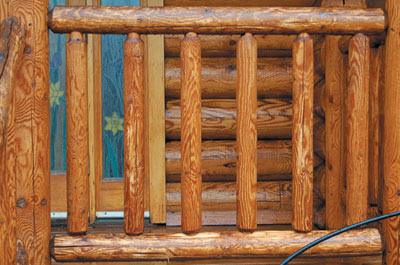
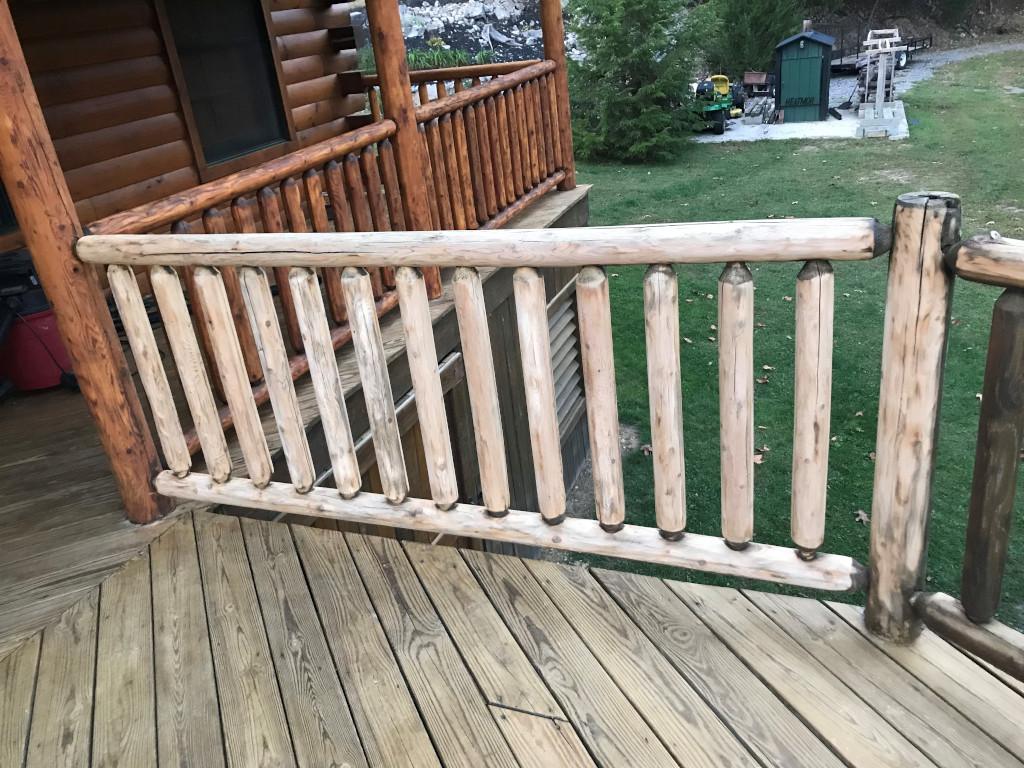
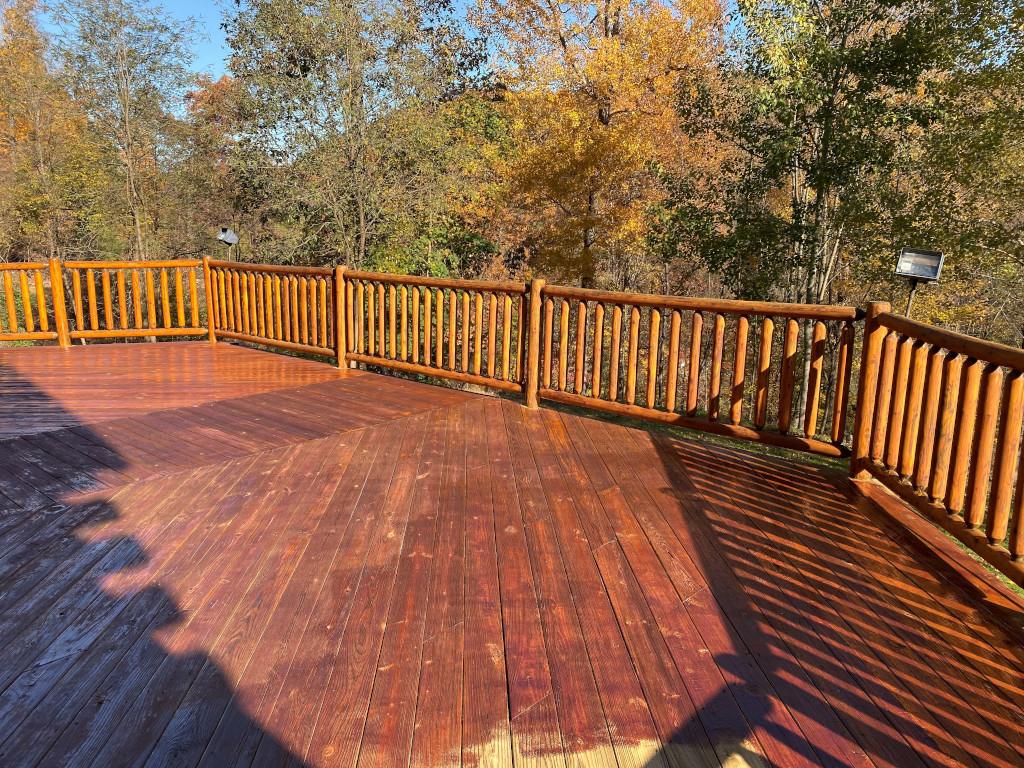
Maintenance
Since the top rail takes the most beating from the sun, wind, and rain, it will probably need some maintenance every year or two. One thing to look for is any large checks that open up. If the width of a split or check exceeds 1/4 inch, it should be sealed with Check Mate 2®. That will help prevent large amounts of water from getting into the rail. There is not much you can do about small checks and fissures other than making sure to get some finish into them whenever you are applying a coat of Deck Defense.
Repair
Your handrails and railings have suffered and now you have some rot in the railings. Now what? Before you replace the entire railing, you might be able to salvage what’s left of the wood and repair it with E-Wood paste. To save the rails, remove any loose or decayed wood, and brush away any debris. For best results, apply borate wood preservatives to stop rot. Allow to dry and apply M-Balm, a wood consolidator that helps harden damaged wood. Then apply E-Wood paste to replace the damaged wood, shaping it to match the natural contour of the wood. Allow the E-Wood to cure before applying a stain, which will result in a natural-looking repair.
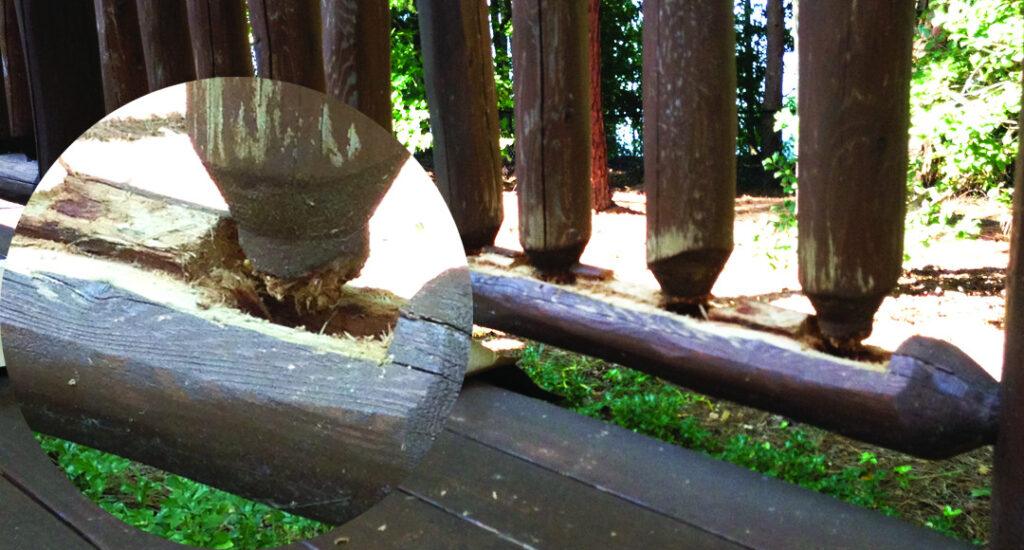
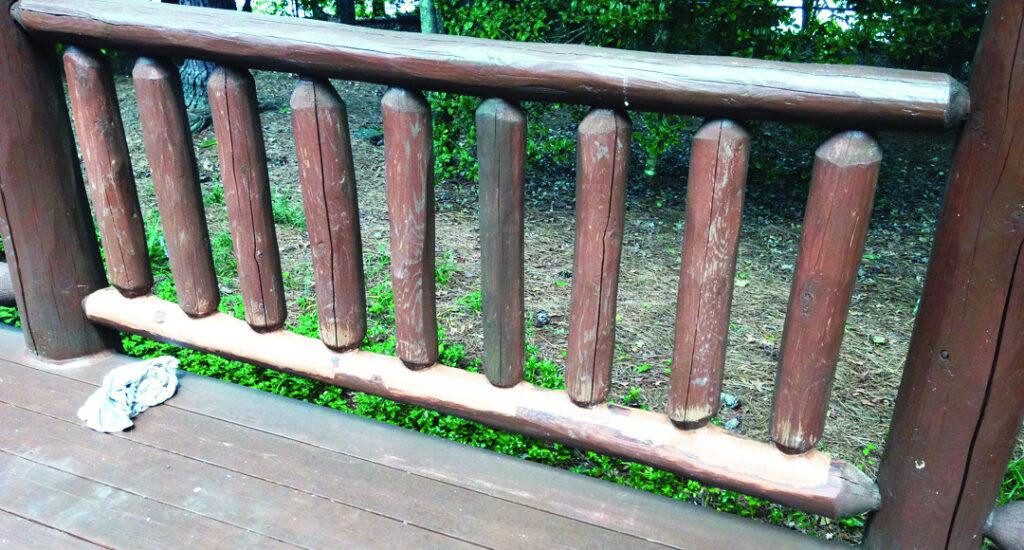
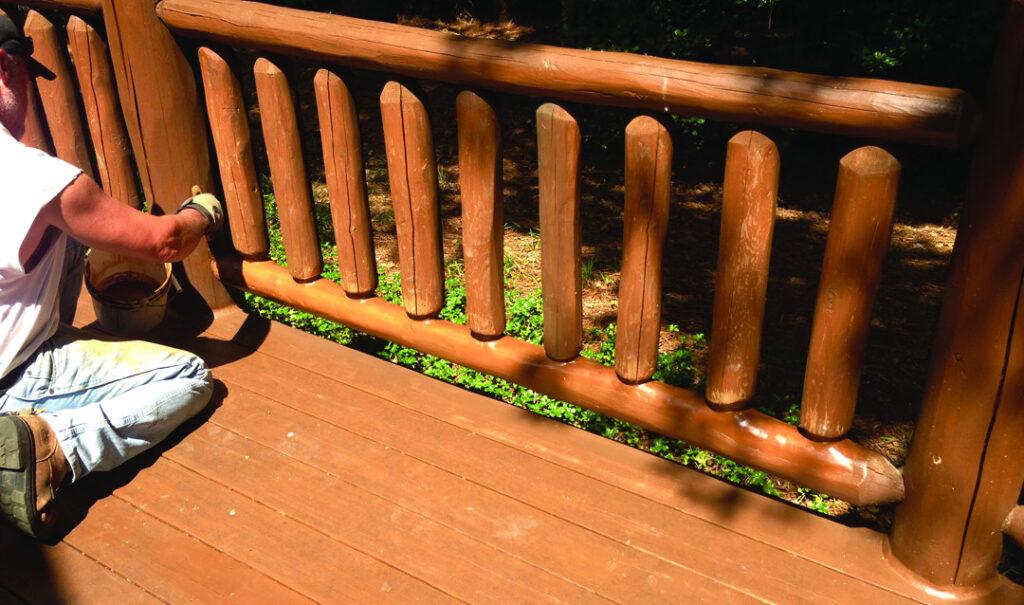
For more information on how to use E-Wood and M-Balm, read our Tech Tip here.
Over the past several years we have discovered many things about cleaning wood and existing finishes. First and most importantly is that chlorine bleach is not the best product to use. In addition to its potential for damaging the finish and bare wood fibers, its use and misuse contribute to specific problems including the loss of film adhesion, discolorations due to tannin extraction, streaks, blotches, and premature failures of the finish system. We have also discovered that many wood and deck cleaners available at paint and hardware stores, home improvement centers and Do-It-Yourself outlets contain components that interfere with the proper performance of our finish systems.
Therefore, we have decided that the only cleaning products approved for use with our finishes are those products supplied or recommended by Perma-Chink Systems, Inc. We are not doing this to increase our sales of cleaning products. It is because we have tested our cleaning products with our finish systems and have confidence that when properly used and applied, their use will result in the best possible appearance and performance of the final LIFELINE finish. We can not say the same about the use of other types and brands of wood cleaners, and strongly discourage their use with any of our LIFELINE stains.
Guidelines for Cleaning Bare Wood Prior to Applying Lifeline Stains
New Log Homes
1. If the wood has not grayed, wash the surface with a two (2) cups per gallon Log Wash™ solution and a pressure washer no more than seven (7) days prior to staining. Smooth log siding should be washed using Wood ReNew™. Rinse well and allow the wood to dry.
2. If you are finishing Western Red Cedar, Redwood, Walnut, or Mahogany, use Cedar Wash™, a ready-to-use cleaner, instead of Log Wash for better surface preparation and finish longevity on these specific wood substrates.
3. If there are signs of grayed wood, use Wood ReNew according to the label along with a pressure washer. Rinse well and allow wood surfaces to dry before staining. If more than seven (7) days pass before the home is ready for staining, wash the surface with a two (2) cups per gallon of water Log Wash solution, rinse well with a garden hose, and allow wood surface to dry.
4. If, after steps one or two, there are still dark streaks or discolorations on the surface, use a solution of OxCon™, which contains oxalic acid, on the entire wall according to the directions for use. Rinse well and allow the wood to dry before staining.
Older Log Homes That Have Had a Previous Finish Removed
1. If there are no signs of gray surface wood, wash the surface with a two (2) cups per gallon Log Wash solution no more than seven (7) days prior to staining. Rinse well and allow the wood to dry.
2. If you are finishing Western Red Cedar, Redwood, Walnut, or Mahogany, use Cedar Wash, a ready-to-use cleaner, instead of Log Wash for better surface preparation and finish longevity on these specific wood substrates.
3. If there are areas where grayed wood is still evident or if the wood has darkened after the finish was removed, use Wood ReNew according to the label along with a pressure washer. Rinse well and allow the wood to dry before staining. If the wood has darkened or more than seven days has passed before the home is ready for staining, wash the surface with a two (2) cups per gallon of water Log Wash solution, rinse well with a garden hose, and allow the wood surface dry.
4. If, after steps #1 or #2, there are still dark streaks or discolorations on the surface, use OxCon, an aqueous oxalic acid solution, on the entire wall according to the directions for use. Rinse well and allow the wood to dry before staining.
Log Homes with an Existing Finish That is Still in Good Condition
1. If a maintenance coat of Lifeline stain or topcoat is going to be applied over an existing Lifeline finish, wash the coating surface with a two (2) cups per gallon Log Wash solution no more than seven (7) days prior to staining. Pressure washing is not recommended. Rinse well and allow the wood to dry. For maintenance cleaning of finished surfaces that are not going to be stained or top-coated, use a one (1) cup per gallon Log Wash solution.
A NOTE ABOUT RINSING
No matter what product you use to clean bare wood, nothing is more important than making sure you have adequately rinsed the surface. Any chemical residue remaining on the surface can have serious consequences later on. We always recommend using pH Strips to make sure that the surface of the wood has been sufficiently rinsed. A pH between 6.5 and 7.5 indicates the surface has been properly rinsed. pH Strips are available at most pool supply dealers, aquarium supply shops and Perma-Chink Systems, Inc. They are not expensive, are very easy to use and a great tool to ensure adequate rinsing.
For the past 30-plus years, the most accepted and effective method for preventing infestations of wood destroying insects and decay fungi in log homes has been by impregnating the wood with a solution containing the element boron. Boron salts are referred to as borates, and the most commonly used borate utilized for this purpose is disodium octaborate tetrahydrate (DOT), the active ingredient found in our wood preservative products.
The reason for using this material instead of borax or boric acid is because it has a much higher boron content per pound and is significantly more water soluble than other boron-containing compounds. But what is it about boron that makes it so effective for preserving and protecting wood? In the case of wood consuming insects, like termites and wood-boring beetles, boron disrupts their digestion process by killing the bacteria that allows the insects to digest cellulose. There is also some evidence that boron interferes with the insects’ metabolic systems. These modes of actions do take some time, and it is not unusual for insect activity to continue for several months after being exposed to a borate treatment. However, once eliminated, the wood will be protected from future wood consuming insect infestations as long as the boron remains within the wood’s cellular structure.
In the case of decay fungi, the presence of boron disrupts the cellular production of enzymes that allow the fungi to extract nutrients from the wood. As opposed to insects, a borate treatment will kill decay fungi rather rapidly, usually within a day or two.
Borate Treatment Methods
Pressure Treatments
Pressure treating wood with preservatives dates back to the 19th century when railroad ties were impregnated with creosote under pressure. Since then, a number of chemical formulations have been used for pressure-treating logs and dimensional lumber, but most have been discontinued due to their toxicity or health and environmental hazards. Due to their low mammalian toxicity and environmental friendliness, borates are now being used by a number of pressure-treating companies for treating both logs and dimensional lumber. The one limitation of borate pressure-treated lumber is that it cannot be used for wood in contact with the soil, since the moisture in the soil will extract out the water-soluble borate within a few years.
Dip Treatments
A number of log home manufacturers dip their logs in a solution of borate before they are shipped to the customer. Although there are set standards for the “Dip Diffusion” process, very few companies actually meet these standards, since it requires dipping green, unseasoned logs in a hot, concentrated borate solution and then storing the logs in a covered building for a minimum of two weeks. Most log suppliers simply dip their logs in a borate solution for a few minutes then allow them to dry. Although this procedure does not meet set standards, it has been used for over four decades and as long as the borate concentration in the dipping solution is maintained at or above 10%, we rarely hear of this process not providing adequate protection to new logs.
Topical Treatments
Back in the late 1980s, Perma-Chink Systems developed the very first borate preservative that could be applied to wood in the field during or after construction. Since then, hundreds of thousands of log and conventionally constructed homes have been borate-treated using the technology originally developed by Perma-Chink Systems. What made this possible was combining the borate with a combination of glycols that allow the borate to penetrate into the wood rather than remaining just on the surface. In addition, the glycols increase the efficacy of the boron allowing less applied product to be just, if not more effective than higher concentrations of borate water solutions alone.

Pure borate/water solutions are also used for topical applications, but since they do not contain anything that aids in the penetration of the borate into the wood, we recommend that they be used only on new, un-infested logs and be reapplied any time the home is stripped of its existing finish.
The one limitation of any topically-applied borate is that it must be applied to bare wood. If there is anything on the surface that inhibits the absorption of water into the wood, the borate solution will remain on the surface and no protection will be imparted to the wood itself.
Conclusion
The success rate of properly applied borate treatments is truly astounding. In the 40 years that we have been involved with borate-treated wood, the number of reported complaints is miniscule, and most of them involved insects that do not consume wood for nourishment like carpenter bees, parasitic wasps, house ants, and other pests that are not included on the label. We occasionally get calls about a continuing beetle infestation after a borate treatment, but it’s almost always within a week or two of the product being applied and that’s just not long enough for the borate to completely eliminate an active infestation of wood boring beetles. However, give the borate time to work until the activity ends, that will be the end of the infestation and they never return.
For many years the product of choice for cleaning bare wood surfaces was a solution of chlorine bleach and water, perhaps with some detergent or TSP (trisodium phosphate) added to help clean the wood. When correctly applied and well rinsed, bleach solutions can work fairly well most of the time. However, household bleach does not come with a set of directions for using it on wood, and even within the log home industry there is no agreement as to how to properly use bleach.
Consequently, homeowners and professional applicators end up misusing chlorine bleach solutions, which can result in several problems with both the appearance and performance of the finish system. But even when used correctly, chlorine bleach solutions can create discolorations that may not show up for weeks, or months, after a finish is applied.
Adhesion
Chlorine bleach destroys lignin, a component of wood that hardens and strengthens the cell walls. Once the surface cellular structure loses its integrity, film-forming finishes like LIFELINE™ have no sound wood to bond to, and can peel off. The picture at right is a typical example of what can happen when a high concentration of chlorine bleach is applied to a home.
Before a new finish can be applied the damaged wood fibers must be mechanically removed by sanding, media blasting or aggressive pressure washing. If the bleach solution dried on the wood, sodium hypochlorite crystals will form in the top layer of wood. These crystals are extremely difficult to dissolve and rinse away. If a water-based finish is applied over the bleach crystals, it would be the same as trying to apply the finish on top of unrinsed bleached wood, and problems with finish adhesion will likely reoccur.
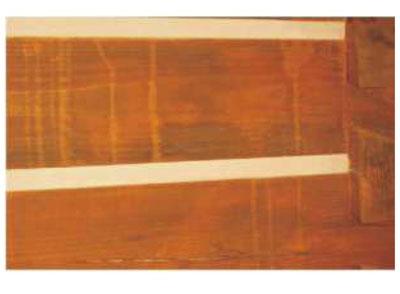
Discolorations
The use of bleach can cause several types of discolorations on both bare and finished wood. If the wood is bare, any discolorations that may appear can usually be corrected either chemically or by physically removing the discolored wood. However, if the discolorations show up after the finish has been applied, the only way to eliminate them is to first remove the finish.
Streaks and Runs
These types of discolorations usually appear within a few days. They are the result of either applying the bleach starting at the top of the wall and allowing it to run down, or not adequately rinsing the bleach solution from the wall. As with all types of discolorations under the finish, the only way to get rid of them is to remove the finish and start over again.
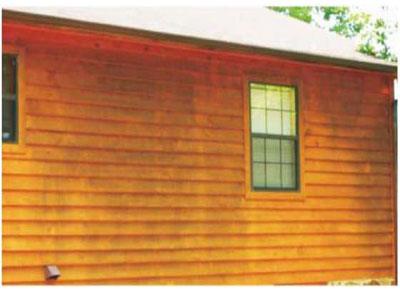
Iron Tannate Stains
These types of discolorations may appear days, weeks, or even months after a finish is applied. They are the result of bleach bringing tannins to the surface of the wood where they react with minute metal particles remaining on the surface from the sawing, planning, or milling process.
As you can see from the picture, it was not so much the use of a bleach solution that created this problem as it was inadequate rinsing of some of the areas of the wall. The finish must be removed in order to treat these iron tannate discolorations with Oxcon™, an oxalic acid solution.
Brown Stains, Black Marks, Etc.
All wood contains a multitude of chemical components. Some of them may be present in the sapwood, others in just the heartwood, and still others throughout the entire tree. They can vary from species to species; and even within the same species they can vary from log to log, depending on the nutrients that may have been in the surrounding soil while the tree was growing.
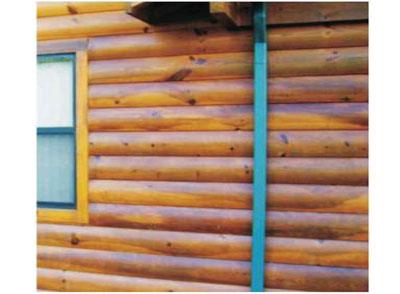
If the chemistry of the wood is not disrupted, these components usually stay in their natural state. But when subjected to highly alkaline chemicals (i.e. chlorine bleach) they can become quite dark. This process may take several months to occur, but once the wood has discolored there is nothing that can be done without first removing the finish. Even then it may not be possible to completely remove these types of discolorations if they go deep into the wood.
The best product that we’ve found for treating these discolorations, once the finish is removed, is a two (2) cups per gallon solution of Log Wash™. Although it may not completely eliminate the discolorations, it may lighten them enough so that the use of a darker colored stain will hide them.
Although we emphasize the importance of cleaning the surface prior to the application of our finishes, there are some types of surface contaminates that can be very difficult or even impossible to remove with just a light washing. The leading cause of dark discolorations appearing under any transparent finish like LIFELINE™ is the presence of minute metal particles imbedded in the surface of the wood.
All wood contains tannic acid and when tannic acid comes to the surface, it can react with these metal particles creating dark color bodies or discolorations. There is much about this process that we have yet to understand but there are some things that we do know.
The first is that the application of chlorine bleach not only accelerates – and in many cases – initiates this process. The second is that direct sunlight intensifies the discolorations. That’s why the south and west walls are typically (but not always) more prone to discolorations than the north and east walls. The third is that areas of the log that cut through heartwood are usually worse than exposed sapwood. This makes sense, since heartwood contains a higher concentration of tannic acid than sapwood.
The Origin of Metallic Contamination
Milling, Planning and Shaping
All logs and siding used in a log home go through some type of process to remove the bark, cambium, and branches, and to also shape the wood. No matter what process is used, be it milling, planing, draw knifing, or even hand hewing, some type of steel blade is involved. Although you may not be able to see them, microscopic particles of steel are deposited on the surface as the blade or blades cut through the wood. If the blades on a milling machine, for example, get dull, many times more particles of steel will shear off as opposed to when the blades are sharp.
Using the Wrong Materials
Using wire brushes, steel wool or metallic abrasives to aid in the removal process of old finishes, or smooth the surface, will definitely create discoloration problems. Small bits of metal will be deposited on the wood, and the use of these materials should be avoided at all costs.
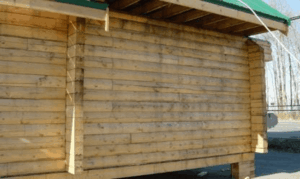
Sandpaper and Sanding Pads
Although the use of most sandpaper and sanding pads present no risk to the formation of discolorations, it is not out of the realm of possibility for them to be a source of metal contamination, especially if they have been previously used. Let’s say a sanding belt was used to remove rust from a steel plate and then used again on a log home. Thousands of small metallic particles will be forced into the wood fibers. The same thing can happen if a sander or sanding disk goes over a nail or screw during the course of sanding a wall. The metal contamination will then be spread over a wide area. We also believe that there are some types or brands of sandpaper that may contain metallic particles along with the abrasives, but at this time we have not specifically identified them.
Contaminated Blasting Media
Blasting media like crushed glass is very abrasive and since it maintains its abrasiveness even after being used, some people try to reclaim and reuse it several times. If done once or twice, it usually does not present a problem but when reused multiple times it can become contaminated with metal as it flowed through the blaster pot, valves, and connections. It can also pick up contamination from the ground when it is reclaimed.
Installation of Steel Roofs and Other Metal Components
You can easily envision the amount of metallic dust and particles generated by cutting or sawing steel roof panels. They may well end up on the surface of your logs or even more likely, your deck. If they are not completely washed away, they will become a source of discolorations. Fortunately, we have never seen any discolorations associated with particles of aluminum. But any metal that contains iron has the potential for creating dark discolorations.
Preventing Discolorations Due to Contamination
The best way of preventing metallic tannate discolorations is to avoid contaminating the surface in the first place. In the case of metallic particles deposited during the shaping process, well, that’s impossible. Wood surfaces should always be thoroughly cleaned with Log Wash™, or in the case of milled log siding, Wood ReNew™, before the first coat of finish is applied.
Steps to Take to Avoid Metallic Contamination:
- Never use a wire brush or steel wool on a wood surface that’s going to be finished.
- Use good quality sandpaper and sanding pads specified for use on wood and never use any that have been previously used for another purpose. Store them separately in plastic bags and don’t allow the abrasive side to contact any metal prior to use.
- If during sanding you run over a nail or screw, discard the paper or pad.
- Do not attempt to reuse blasting media more than two times, and avoid picking up dirt or other contaminates as you reclaim it.
- Wood surfaces should always be thoroughly cleaned with Log Wash, Cedar Wash (for specific wood species like Western Red Cedar), or Wood ReNew before the first coat of finish is applied.
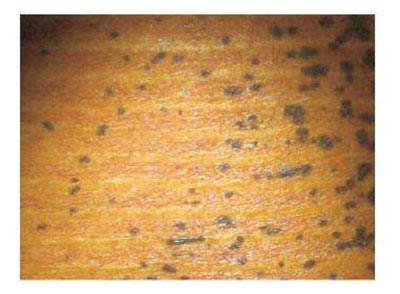
Spots created by steel wool
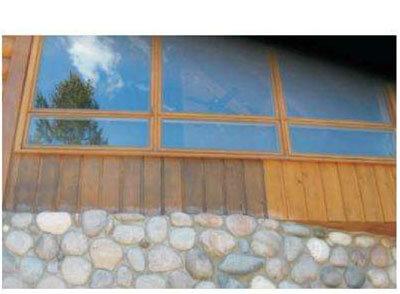
Dark section was wire-brushed

Metallic tannate discolortions from unknown source
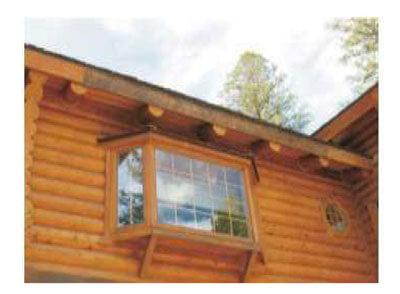
Section of facia that was wire-brushed
Spring Cleaning! Steps to Prolong the Life of Your Log Home
Every Spring life begins anew. Flowers bloom, trees blossom, and the grass grows thick and green. The springtime is the perfect time to clean and start fresh! Log homes have their own cycles of maintenance, slightly different than a stick-built home. We have found that in the springtime, it’s an excellent time to get things ready for the summer and shake off the wet fall and winter.
We will walk you through our recommended process to ensure your home keeps looking great for a long time. From cleaning to inspection to evaluating your log home’s finish, we’ll prepare you with a system that’s easy to follow.
Cleaning The Exterior with Log Wash
After months of rain, wind, leaves, snow, and pollen, there’s a bit of gunk on your log home. It’s always a good idea to clean your home before inspecting it, as the grime can potentially cover issues you wouldn’t notice otherwise.
Log Wash™ is a general purpose, low-pH cleaner concentrate for removing dirt, grime, pollen, and mold and mildew stains from bare wood surfaces and existing finishes. Log Wash will also remove some types of brown stains and lighten the color of bare wood. Log Wash is not effective for removing grayed, oxidized wood fibers; PCS developed Wood ReNew to bring wood back to its natural look. Whenever bare wood surfaces are left exposed to the elements for more than seven days, the surfaces should be cleaned with a solution of Log Wash before the first coat of finish is applied.



Preparing For Inspection
One key to keep your log home in tip-top condition is to take an hour or so once the weather turns nice to inspect the exterior of your home for signs of potential problems.
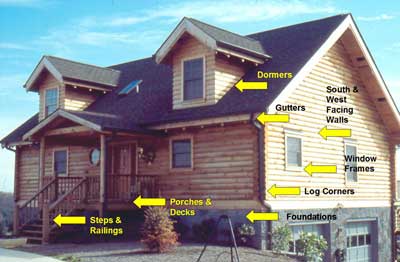
Before we start the inspection process, here are a few tips:
- Make a diagram of your home that you can carry with you while you conduct your inspection. It does not have to be fancy, just a simple plan that you can use to note where something needs to be done.
- If you have a digital camera, take it with you during your inspection. It’s amazing how something you see may disappear when you go back to look for it.
- Use a checklist of inspection points that are relevant to your home. It’s easy to forget what to look for by the time you get to the third or fourth wall.
- As mentioned earlier, give your home a wash down with Log Wash before you start your inspection. It’s difficult to determine the condition of a finish if it’s covered with a layer of winter dirt.
The Inspection
Start at one corner of the home and be sure to go all the way around. Inspect each wall individually and don’t try to inspect too much at a time. Begin by standing back away from the wall and looking for some of the more obvious problems such as:
- Filled gutters and blocked down spouts. If you are not sure about them, use a garden hose to check that they are in good working order.
- Look at the dormers and upper story windows for signs of water damage. If you have a problem seeing that far, use binoculars to inspect the higher areas.
- If you have a sprinkler system, turn it on to make sure that no water hits the log or foundation walls.
- Plants and shrubs should be no closer than 24 inches to any log wall. If necessary, trim them back or move them. Tree limbs should be no closer than three feet from your walls or roof.
- Move any piles of firewood at least two feet away from the foundation and never store firewood on your porch.
- Look for any wood in contact with the ground, even if it’s pressure treated. For protection against termites and rot, all wood should be at least 12 to 18 inches above the soil line.

When you stand back from a wall you can better see general patterns of wear and fading of your finish, especially on the south and west walls.
Close-Up Inspection
Now that you have inspected the wall from a distance, it’s time to get up close to see what’s going on.
Log Finish Condition
- Look closely at the finish. Round logs tend to weather more on the upper half than the lower half since this area is most exposed to the sun and rain.
- Test the adhesion of the finish by placing a strip of masking tape on the log surface and removing the tape. If the tape is clean, your finish is working as intended.
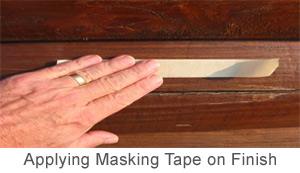
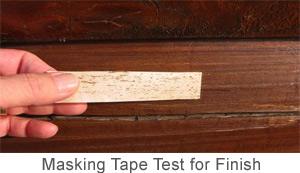
Dealing With Checks (log cracks)
- Are there any new upward-facing checks that have opened up since your last inspection? If so, use Backer Rod and Check Mate 2 to seal them. It’s also a good idea to pour a little Shell-Guard RTU in the check before you seal it to kill any rot fungus that may have started to grow. Learn more about sealing checks here.

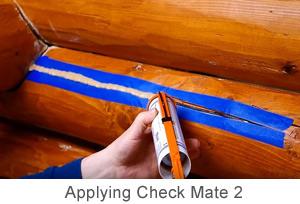
Areas of Decay
- If you have logs showing signs of decay, take along a small hammer and lightly tap the logs every few feet. If a log sounds hollow or you get a dull thud, you may have a pocket of rot that needs to be addressed. Use a thin screwdriver to probe the area. If the wood is soft, dig it out, apply some Shell-Guard RTU, let it dry and fill the void using M-Balm and E-Wood.


While inspecting the logs, look for signs of insect infestations. A few small beetle holes here and there are no cause for alarm. Most of the holes will probably be old and empty. If you think that the holes are new, apply a strip of masking tape over them and check it a week or so later. If the infestation is active, holes will appear in the masking tape. It takes many years for these beetles to do much damage. Just make a note of it (keeping the inspection checklist handy is one way), and when it comes time to completely refinish the home, treat the bare wood with Shell-Guard before a new finish is applied.
Window and door frames are the source of many water related problems. Check to see if the caulk is adhering to the adjoining surfaces. If it’s not, pull it out and re-caulk with Energy Seal or Woodsman. Never use a silicone-based caulk; it won’t adhere to wood!

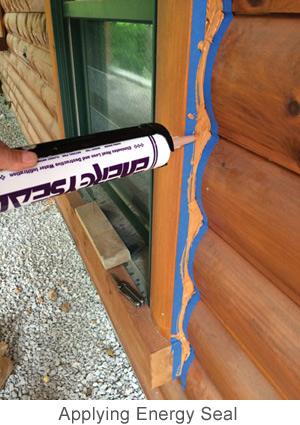
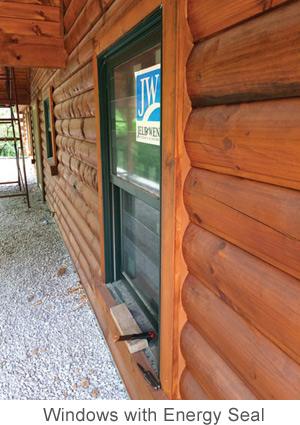
Give special attention to all log ends, especially if they extend out beyond roof overhangs. The ends really absorb water and that’s where a lot of rot problems start. Consider sanding the butt ends, putting on a fresh coat of stain and sealing them with Log End Seal, then apply LIFELINE Advance over the entire home. Log ends that stick out in the weather take a beating and need a little extra care to keep them in good shape.


Finished!
And that should be it! It might seem like a lot of work, but not maintaining your log home could end up costing you thousands of dollars in repairs or worse, a lost home.
Inspecting your home every year is the best way to keep on top of any developing issues. Over the past 40 years, we’ve developed the best system in preserving log homes, and we’ll be there to help you along the way.
Caulks and specialty log home sealants are used to keep air, water, and insects from getting into your home.
The most important decision you will make is choosing the right sealant for your log or timber home.
Many sealing problems are attributed to the caulking material itself, and most often the proper sealant was not used for the job. It’s easy to run to the local big-box home improvement store and pick up some all-purpose caulking, but therein lies the problem.
There are six types of caulks: butyl, oil-based, ethylene vinyl acetate, urethane, silicone, and acrylic/latex. All are designed to do a specific job, and none are suitable for every application.
Caulking vs. Sealants
The most frequent mistake made by log home owners is choosing a silicone caulk. Silicone-based caulks are excellent for many applications, but they do not work well on wood. Silicones are formulated for use on non-porous surfaces like metal, plastic, or glass. However, wood is porous, and silicones do not adhere to either damp or dry wood. In addition, silicone caulk is difficult to tool and clean up and does not accept a stain or paint.
Presently, the most widely used products are acrylic/latex sealants. Although they are suitable for a wide variety of applications, their quality depends on the specific formulation and manufacturer. And that is where Perma-Chink Systems comes in. The deficiency in these caulks is they are not designed specifically for log and timber homes.
Premium acrylic/latex sealants such as Perma-Chink, Energy Seal, Check Mate2, and Woodsman are manufactured from high-quality components to perform specific tasks. They are more expensive than a tube of general-purpose caulk, but they are formulated for excellent appearance, high performance, and ease of application. These sealants are made to be long-lasting and durable for the ultimate in wood care for decades.
Apply New Sealant Over Old Caulking? – NO!
An application of new sealant over old, failed caulk is rarely a good idea, even if it looks like the caulk still adheres to the wood. It may take a little more time, but old caulk should be removed for several reasons. If the caulk no longer adheres to the wood, it may be because moisture got under the caulk creating decay. Old caulk must be removed to properly treat and seal the wood substrate.
Newly applied sealant can only work if it is applied to a clean, sound wood surface or a compatible stain. So, if you want to use the old caulking as a backing material, you can apply a new sealant over the surfaces to adhere to a clean wood surface beyond where the old caulking reached. Otherwise, you should remove the old stuff.
Removing Old Caulk Between Logs
The right tools can make the removal process easy. Remember the old church key used to punch a hole into soda or beer cans? It is a handy tool to scrape out old caulk. Hook knives also work well. If the old caulk is silicone-based, you can usually remove it with your fingers. Always inspect failed caulk areas for evidence of moisture. If the wood is damp, these areas should be properly treated before a new sealant is applied.
Sooner or Later? When is the Best Time to Seal Your Log Home?
If you are doing other work, a decision to make early in the process is when to apply your sealants. This decision might have some bearing on which sealant to use. One consideration is that some sealants take a stain much better than others.
Smooth-surfaced sealants like Check Mate 2 do not stain as well as textured sealants like Energy Seal. If you are planning to apply sealants to your log walls first and then stain afterward, Energy Seal is your best choice.
Usually, the best time to seal logs is after the LIFELINE stain has been applied. The log surfaces are fresh and clean and whichever Perma-Chink Systems sealant you select will adhere to wood surfaces stained with LIFELINE. If you are going to use a topcoat like LIFELINE Advance for exteriors or LIFELINE Acrylic for interiors, we suggest that the topcoat be applied after Energy Seal. This gives the most even appearance over the entire wall. However, if you want to hide the sealant and want a seamless appearance, apply Energy Seal before you stain.
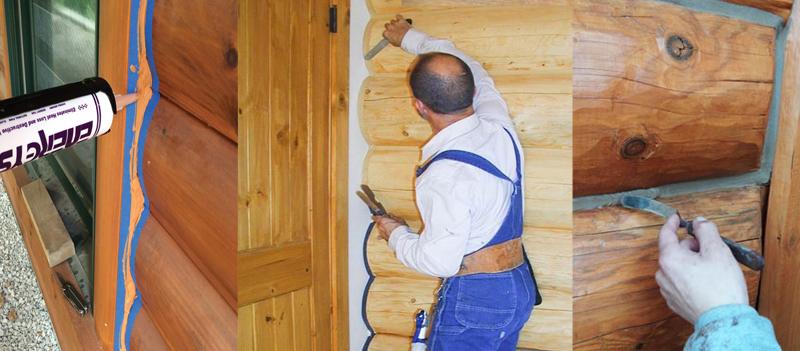
Now let us look at various caulking applications around a log home and select the right product for each job.
Sealing Door and Window Frames
When sealing around window and door frames you have several options.
For either new or older log homes, we recommend Energy Seal since it has outstanding elongation and adhesion. This means that as your home settles and shifts, Energy Seal stretches to maintain its bond to the wood. It is available in 12 different colors and since it is textured, it will take the color of the stain.
On chink-style homes many people want the sealant to match their chinking. If that is the case, Perma-Chink can be used to seal around window and door frames, too.
Checks and Small Gaps in Logs, Log Corners and Log Ends
Upward-facing cracks and checks in logs should be filled with Check Mate 2.
Otherwise, they collect water that can lead to decay and insect damage. You need not worry about checks on the bottom half of round logs unless they penetrate through the log wall. Choose a color that is closest to the color of the stained logs. If checks are more than ¼ inch wide, stuff a length of backer rod into the check to about 1/4 to 3/8 inch below the surface before filling it with Check Mate 2. The Check-Kit has both backer rod and convenient applicator tubes. For more instructions on how to seal checks in logs and log siding click here
Sealant Application
One of the most common mistakes made when sealing logs is to fill deep gaps or checks with the sealant material. Quality sealants are made to stretch and elongate with the movement of the joinery. When a sealant is applied too thickly, it loses its ability to stretch and may separate from the wood.
A good rule of thumb is that the thickness of the sealant should be approximately 1/2 the width of the gap you are trying to fill. However, sealant joints never need to be more than 3/8 inches thick. So, how do you fill a large gap?
If you are trying to fill a void behind a window frame, for example, Log Gap Cap foam is the product to use. You can also put backer rod into gaps. See step-by-step instructions here.
The space left after the installation of the backing material is called the “caulking well.” This well should be approximately 1/4 to 3/8 inch in depth, regardless of the width. This space is what you fill with sealant. Some sealant applications have geometries that do not allow for these “textbook” conditions. But, whenever possible, adhere to these specifications for the highest performance seal.
For filling in large voids or gaps, urethane foams are an excellent choice. However, many foam systems have a high expansion ratio which forces foam out of the void you are filling. It is difficult to remove. If you are unsure about your backing material, check with Perma-Chink Systems before using it.
Tips On Applying Perma-Chink and Energy Seal
Some people think that Perma-Chink and Energy Seal is just like any other caulking product on the market, so they apply and finish it with the same methods. Typically, silicone caulking can be smoothed just by running a damp finger along the bead of caulking. Using that method with Perma-Chink or Energy Seal will net you disastrous results. To get a smooth, clean finish, spray the sealant liberally with water then tool it with a metal spatula or similar. It’s counter-intuitive to apply water to smooth it, but it’s the best way. Unlike smooth caulking, the texture in Perma-Chink and Energy Seal needs more water to maintain a smooth finish. And it’ll be much, much easier.
Conclusion
Remember, hot air that gets into your home in the summer and cold air in the winter increases your energy bills. Water penetration can cause decay and insect nesting. One of the best ways to keep insects out of your log walls is to eliminate the openings where they get in. Properly selected and applied sealants are among the best materials for protecting your home. Use the right sealant for the job for years of protection and comfort.
Call 1-800-548-3554 to request a copy of the “Log Home Sealant Application Guide” for more detailed information, or click here.
Despite our best efforts, sometimes problems develop in wood that requires some more serious work than just stripping the finish or applying a new topcoat. Wood decay does happen, and it can be repaired if caught early enough. Perma-Chink Systems offers two-part epoxy products, M-Balm and E-Wood, to repair damaged logs.
If you’re looking to restore your home’s beauty through taking the wood down to bare wood and applying a new finish, we can help you with that, too. We offer S-100 and StripIt, environmentally-friendly water-based strippers.

